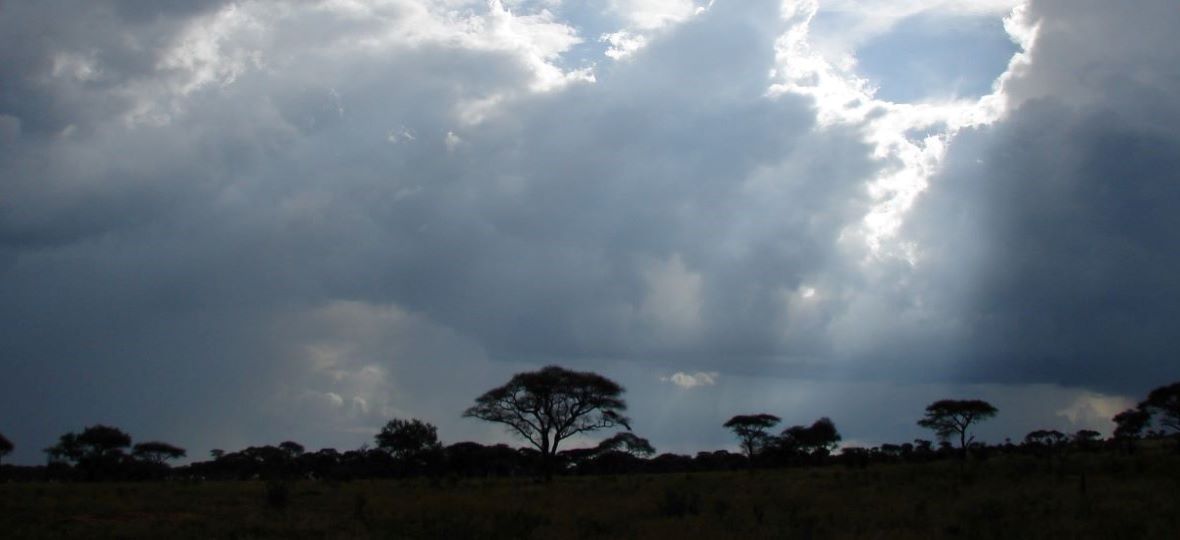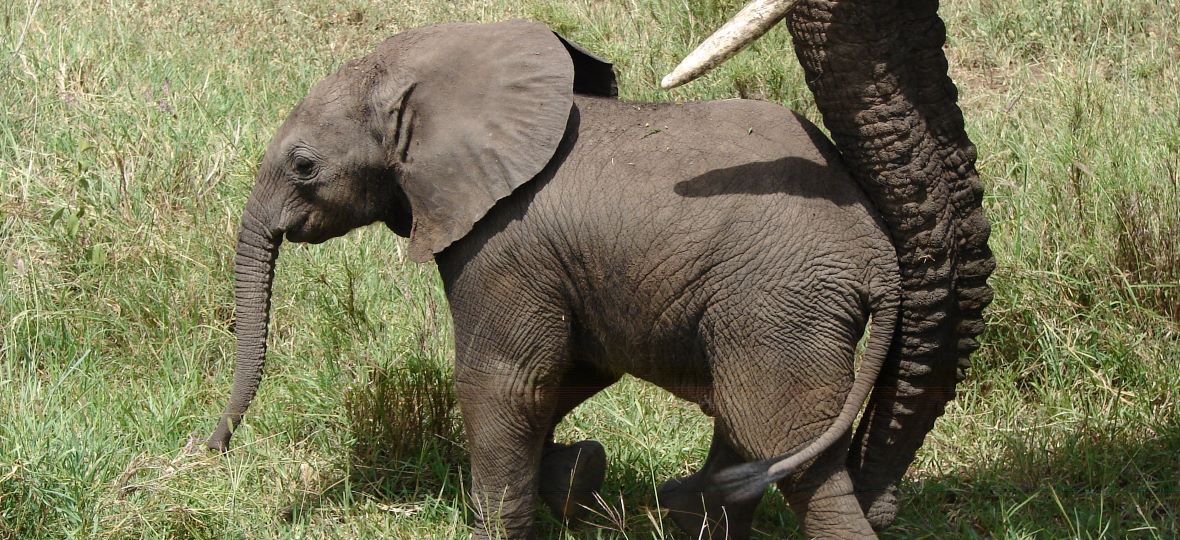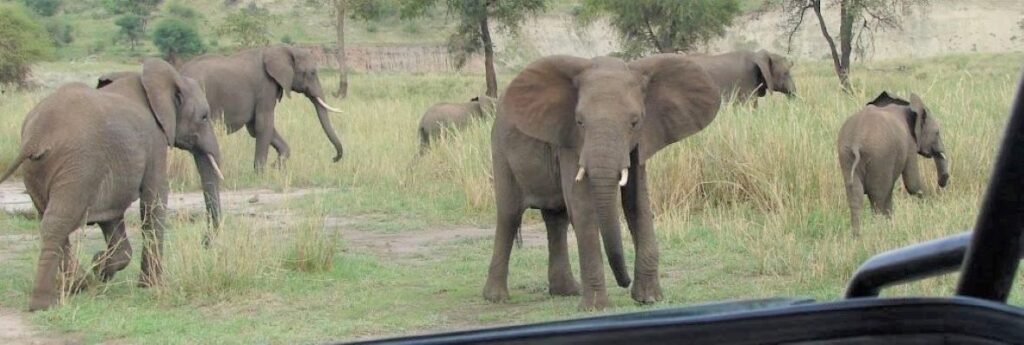You don’t have to have a proclivity for pachyderms to fall in love with Tarangire. But if you do, the Tanzanian national park is simply elephant heaven – home to thousands of the impressive animals and reportedly more per square kilometre than anywhere else in the world.
Tarangire gets less recognition than its famous neighbours, the Serengeti and Ngorongoro Crater, but it is no less spectacular.
Located in the northern part of the east African nation – about 120 km from the gateway city of Arusha – Tarangire is near the Serengeti/ Masai Mara (Kenya) reserves, from which the elephants migrate in their greatest numbers from July to October each year to get to the Tarangire River, which slices through the park.
“You won’t see elephants like this anywhere, including the Serengeti,” a local guide boasted when I visited a few years ago on Goway Travel fam.
Of course, this being Africa, the park is home to more than just elephants, and with the exception of rhinos, the rest of the so-called Big Five – lions, leopards and buffalo – are well represented, as well as giraffe, zebra, impala, wildebeest, cheetah, warthogs, ostriches, and dozens more species (there are 550 different kinds of birds alone).

But after elephants, Tarangire is best known for its amazing water-storing baobobs (Disney’s adapted “tree of life” at Animal Kingdom), which dot the seemingly endless plains, as do countless acacia (thorn trees).
The nearly 3,000-sq.-km park also encompasses a river valley, wetlands, gently rolling hills, and rocky outcrops, making for a variety of mesmerizing landscapes between animal sightings, which occasionally might be a little more intense than anticipated: our Goway group excitedly (and a bit nervously) watched an elephant herd march straight towards our safari vehicle, only at the last moment nonchalantly parting and passing us by (see banner photo).
For the unperturbed elephants, I doubt its an encounter that they will recall; but for me, it’s a memory I will never forget.


